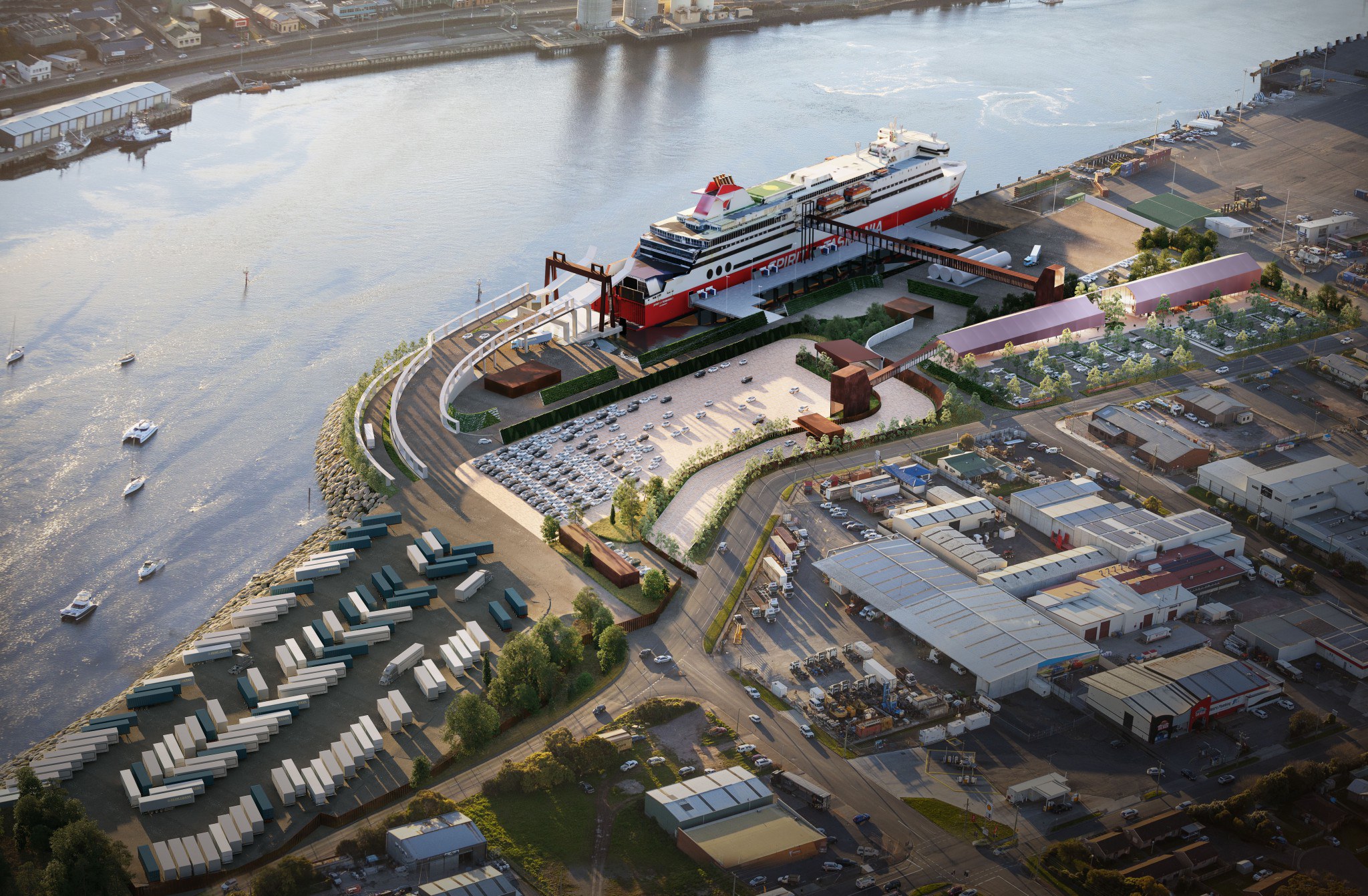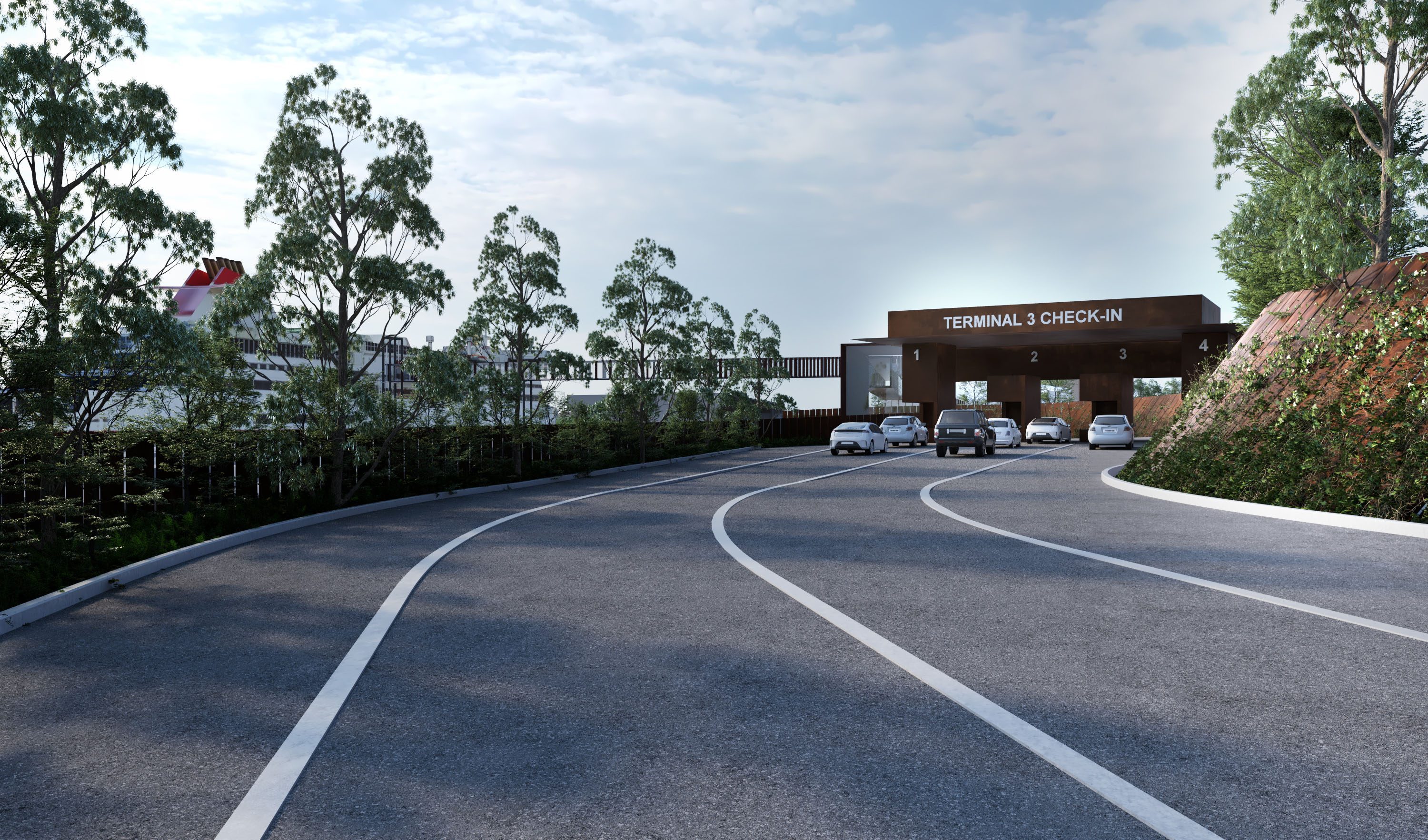Project Overview

QuayLink is once in a generation infrastructure development project, which will see an investment of $240 million at the Port of Devonport.
QuayLink will future-proof Devonport as a tourism and freight gateway for the next 50 years.
QuayLink includes a number of work packages, some of which are being delivered by TasPorts, while others are delivered by port customers, including TT-Line and SeaRoad.

Key Project Benefits
Freight capacity: The berthing and terminal upgrades will enable use by larger vessels, increasing freight capacity for Bass Strait operators by 40%.
Visitor numbers: An additional 160,000 passengers to enter Devonport annually, adding an expected $200 million to tourism expenditure across the state per year.
Jobs boost: The project will create more than 2000 jobs between 2022 and expected completion in 2027. This comprises 1300 direct jobs and 700+ indirect jobs.
Tasmanian economy: By increasing trade and tourism, the project will increase the Gross State Product by approximately $130 million.
Devonport tourism: The project supports the Devonport City Council’s State Entry Project and an “early return” for visitors departing Devonport, encouraging passengers to stay an extra night prior to departure.
Local traffic benefits: The project will help improve traffic flow on local roads.
Business opportunities: A small Terminal precinct to provide opportunity for supporting and complimentary port operations.
Local community benefits: Building links with the local community to create local benefits. QuayLink will improve the local amenity of the area through improvements in traffic flow, landscaping and streetscaping to help create a unique place people want to visit.


Key Project Elements
State-of-the-art technology including a three-dimensional vessel port monitoring system, solar technology and upgrades to improve navigation, GPS or RFIS, electric vehicle charging stations, and renewable energy sources.
Unlocking investment: The project will address existing capacity constraints and unlock a billion dollar investment in shipping companies seeking to invest in larger, more efficient vessels to meet growth and demand.
State-of-the-art roll-on-roll-off passenger and freight berth (Terminal 3) which will facilitate the efficient transport of wheeled cargo and substantially increasing the flexibility and speed of loading and unloading.
Upgraded port terminal areas (Terminals 2 and 3) that will support the transport of passengers (via their own vehicles and on-foot) as well as truck and trailer freight. These vital upgrades will ensure terminal infrastructure actively facilitates and enables growth over a 50 year horizon for Bass Strait shipping services. Upgrades will see improvements in landscaping and streetscaping across the port as well as enhanced visual and acoustic barriers and innovative sustainable design and construction solutions.
A multi-user berth (Terminal 1) which will support future growth opportunities.


